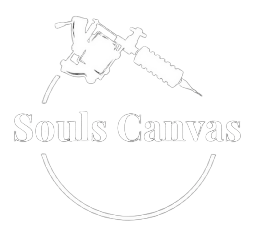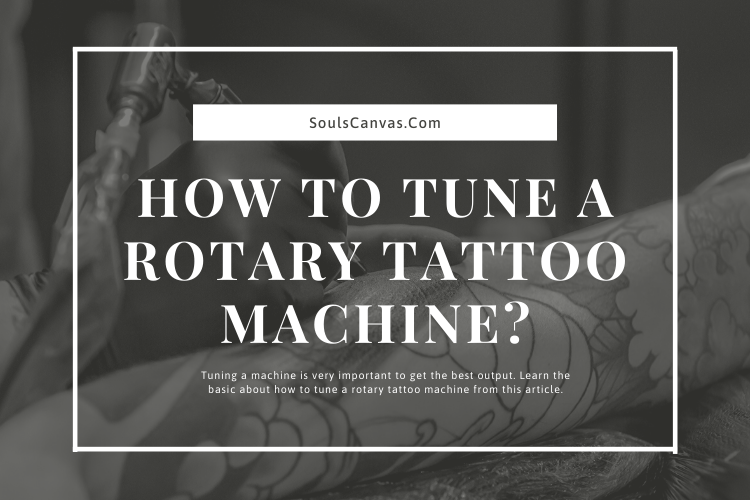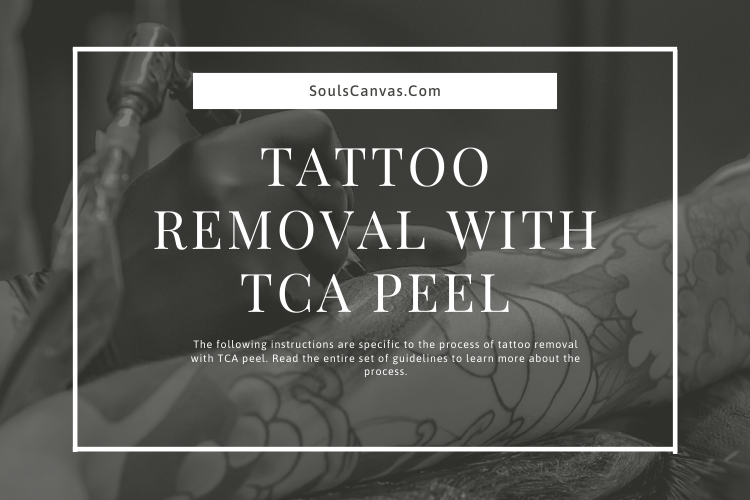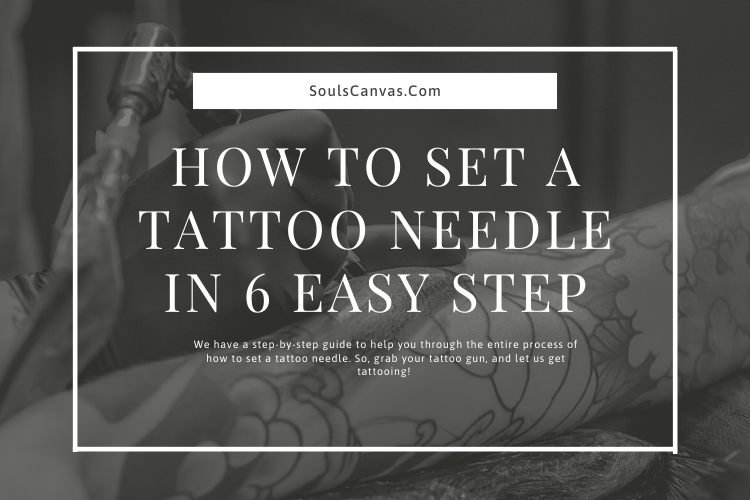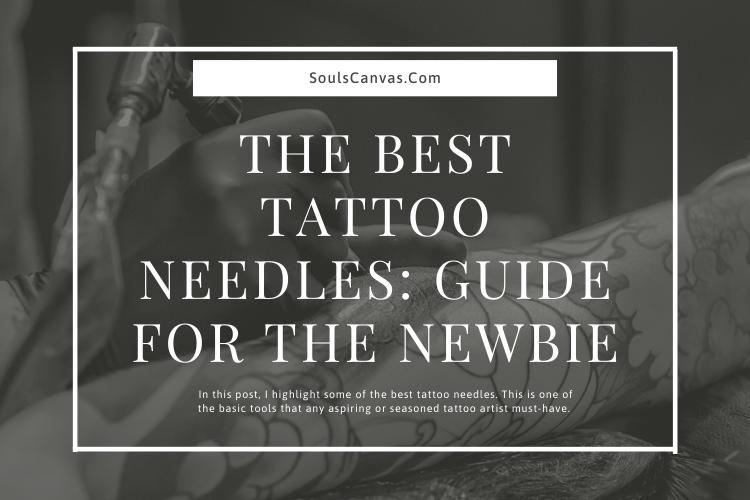Do you know how to tune a rotary tattoo machine? It’s not an easy thing to do if you don’t know the process. You might got a portfolio of excellent, custom tattoo flash, a small following of your close friends, a slick leather jacket, some wicked neck tattoos, and a couple of hours’ worth of time behind a tattoo machine. However, until you can take care and maintain your own equipment, you’re still a relative amateur to know how to tune a rotary tattoo machine.
Tattoo machines are available in different types. The most basic example is the coil tattoo machine. Operating this machine is easy and straightforward. It also offers smooth and perfect lining. But you can’t get shading and lining at the same time from this type of machine.
So, nowadays, the tattoo artists prefer to work with a rotary tattoo machine. The reasons for using it are many. This machine offers different advantages over the coil tattoo machine. Apart from providing perfect lining and shading together, it offers versatile features to the users. Before using the device, it is essential to tune it properly in order to get the perfect output.
However, the main advantage of the rotary tattoo machine is you don’t have to tune it. But for coil tattoo machine, tuning is required. Here, I will discuss how you will tune the basic tattoo machine.
Tune a Rotary Tattoo Machine
Maintaining your tattoo machine, like anything, requires some basic knowledge and understanding of its components and some minor technical details. Regardless of how deep you decide you want to get into it all, it’s just as important to know how to carefully set up your tattoo machine from the start.
For starters, familiarize yourself with three standard parts of the machine. The contact screw, the front spring, and the armature bar are the three tattoo machine parts we need to know to perform this basic setup. Always remember to hold down the armature bar when adjusting the contact screw up or down for the work you are doing.
For fine lines, you want to set the gap between the front spring and the contact screw to about dime width. Nickel width is appropriate for doing shading. After you’ve set the desired gap, always ensure to tighten the contact screw’s locking device.
Before continuing with your work, check the functionality of your tattoo machine’s new setup. Connect your foot pedal and clip cord to the power source and the device itself. Turn everything on, to see if you’ve hooked your tattoo machine up correctly. It is important to remember that you never forget to hold down the armature bar when setting your gapping for the type of job you are doing. Voltage settings for new tattooists are at about a 7-8 for lining, and 8-9 for shading.
Safety and sanitation are always a crucial consideration, so keep these in mind when performing any adjustments on the fly.
Video Credit – Robert Walker
